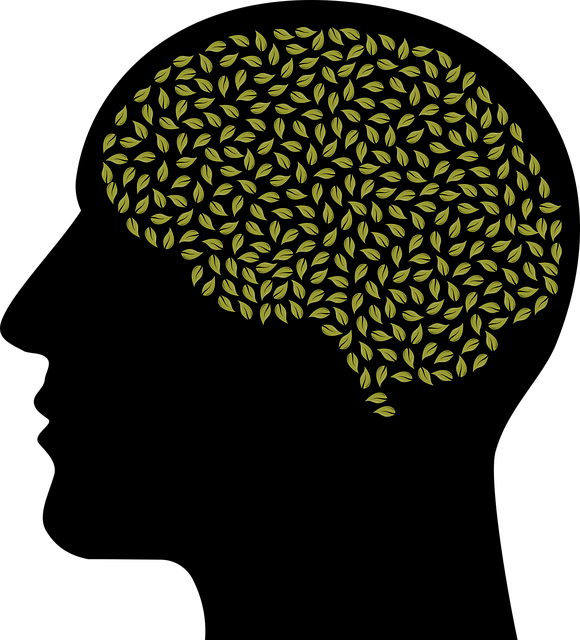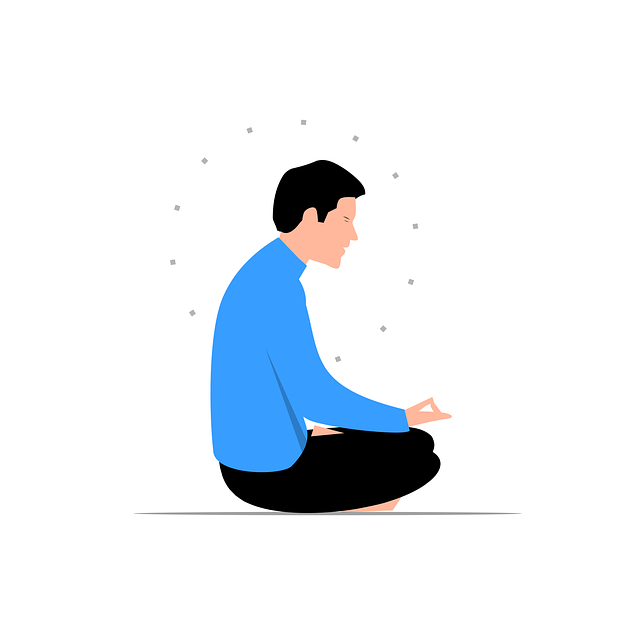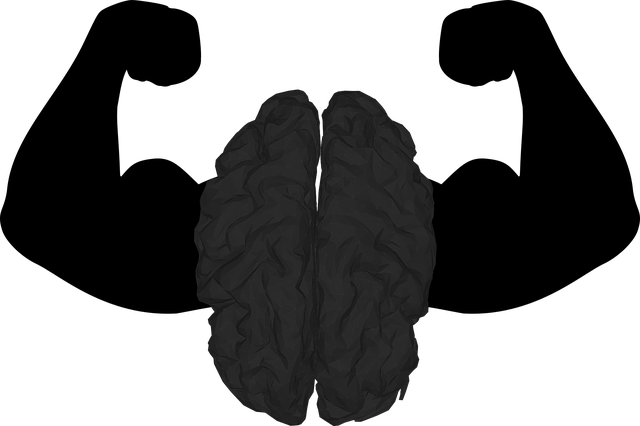Mental wellness programs, like the innovative Lafayette Mandarin Chinese Speaking Therapy (LMCST), integrate language learning with psychotherapy for tailored, culturally sensitive care. Evaluations using qualitative and quantitative methods assess improvements in anxiety, mood, cultural adaptation, and self-care routines. LMCST's focus on diverse assessment strategies, crisis intervention training, and personalized metrics sets a standard for measuring mental wellness program success while fostering inclusive care.
Mental wellness programs are essential components of holistic healthcare, especially in diverse communities. This article explores effective evaluation methods for these programs, with a specific focus on the unique approach taken by Lafayette Mandarin Chinese Speaking Therapy. We’ll delve into common assessment techniques, highlighting their strengths and limitations, while emphasizing cultural sensitivity. Additionally, we’ll examine tools to measure the impact of mental wellness initiatives, providing insights for organizations aiming to enhance well-being through tailored interventions like Lafayette Mandarin Chinese Speaking Therapy.
- Understanding Mental Wellness Programs: An Overview
- The Role of Lafayette Mandarin Chinese Speaking Therapy in Evaluation
- Common Evaluation Methods: Strengths and Limitations
- Implementing Effective Assessment Strategies for Cultural Sensitivity
- Measuring Success: Tools for Evaluating Program Impact
Understanding Mental Wellness Programs: An Overview

Mental wellness programs are designed to enhance and sustain emotional well-being, fostering a sense of balance in individuals’ lives. These initiatives often encompass various therapeutic approaches, tailored activities, and support systems to address the unique needs of participants. At the core of many successful programs is a holistic understanding of mental health, recognizing that it intertwines with physical, social, and environmental factors. For instance, Lafayette Mandarin Chinese Speaking Therapy offers a unique perspective by combining language learning with psychotherapy, targeting both cognitive and cultural aspects of emotional well-being.
Effective evaluation methods are pivotal in understanding the impact and effectiveness of these programs. This involves assessing participant progress through qualitative and quantitative measures, such as self-reported surveys, personal reflections (like those found in a Mental Wellness Journaling Exercise), and expert observations. By employing these techniques, organizers can gather insights into what works best, identify areas for improvement, and ensure that the program’s goals are met, ultimately contributing to better mental health outcomes, including the development of robust self-care routines.
The Role of Lafayette Mandarin Chinese Speaking Therapy in Evaluation

The Lafayette Mandarin Chinese Speaking Therapy plays a pivotal role in evaluating mental wellness programs by providing a unique cultural lens. This therapeutic approach, tailored to speak and understand Mandarin Chinese, offers a more inclusive and accessible evaluation process for individuals from diverse linguistic backgrounds. It facilitates a deeper exploration of cultural nuances that often influence mental health experiences and expressions.
By integrating Lafayette Mandarin Chinese Speaking Therapy into program evaluations, resilience building, confidence boosting, and self-care routine development for better mental health can be assessed with greater precision. The therapy encourages participants to express their thoughts and emotions in their native language, potentially leading to more honest and detailed accounts of their mental wellness journeys. This method not only enriches the evaluation data but also fosters a sense of comfort and safety, enabling individuals to openly discuss challenges and progress.
Common Evaluation Methods: Strengths and Limitations

The evaluation of mental wellness programs is a multifaceted process that involves various methods to gauge their effectiveness. Common techniques include surveys and questionnaires designed to measure participants’ perceptions of their mental health improvement, often focusing on symptoms reduction and overall well-being. For instance, the Lafayette Mandarin Chinese Speaking Therapy program employs these tools to assess changes in clients’ anxiety levels, mood disturbances, and cultural adaptation skills over time.
While surveys provide quantitative data, they may not capture nuanced improvements or individual experiences fully. Additionally, self-report measures can be influenced by social desirability bias. Crisis Intervention Guidance, which often incorporates Empathy Building Strategies, relies on more interactive methods like structured interviews and observation to assess the quality of client-therapist relationships and the effectiveness of immediate support during crises. These approaches offer deeper insights but are resource-intensive and may not be feasible for large-scale programs.
Implementing Effective Assessment Strategies for Cultural Sensitivity

Implementing effective assessment strategies is paramount in mental wellness programs, especially when aiming for cultural sensitivity. At Lafayette Mandarin Chinese Speaking Therapy, we recognize that cultural background significantly influences an individual’s perception and expression of psychological distress. Therefore, our assessment methods go beyond standard questionnaires and clinical interviews to incorporate tools tailored for diverse populations. This approach ensures that we accurately capture the unique experiences and needs of clients from various ethnic and cultural backgrounds.
Cultural sensitivity in mental healthcare practice involves recognizing and respecting the values, beliefs, and traditions that shape an individual’s life. For instance, our therapists are trained in crisis intervention guidance, enabling them to provide support while considering cultural factors. This might include understanding the nuances of communication styles, family dynamics, and community resources specific to different cultures. By integrating these considerations into assessment strategies, we promote inclusive care, enhance therapeutic alliances, and ultimately improve outcomes for all clients, including those who may face barriers due to language or cultural differences, such as depression prevention in diverse communities.
Measuring Success: Tools for Evaluating Program Impact

Evaluating the success and impact of a mental wellness program is crucial to ensuring its effectiveness and making informed improvements. Similar to how Lafayette Mandarin Chinese Speaking Therapy utilizes tailored language instruction, mental wellness coaching programs should offer personalized assessments to measure client progress. This involves pre- and post-program evaluations, utilizing tools like surveys, interviews, and self-reported metrics to gauge changes in mental health status, coping strategies, and overall well-being.
By comparing these baseline data with outcomes, program developers can identify successful components and areas for enhancement, much like a Mental Wellness Podcast Series Production would analyze listener feedback to refine content. Additionally, integrating Stress Reduction Methods within the evaluation framework enables coaches and therapists to track progress in reducing stress levels, anxiety, and depression, ultimately demonstrating the program’s value in fostering positive mental wellness.
Mental wellness programs, such as the Lafayette Mandarin Chinese Speaking Therapy, require rigorous evaluation methods to ensure their effectiveness and cultural sensitivity. By understanding various evaluation techniques, we can measure the impact of these programs accurately. Common methods offer valuable insights but also present limitations that must be considered. Implementing culturally responsive assessment strategies is essential to truly evaluate success, especially in diverse populations. This comprehensive approach allows for tailored interventions and positive outcomes, ensuring mental wellness programs remain dynamic and beneficial.









